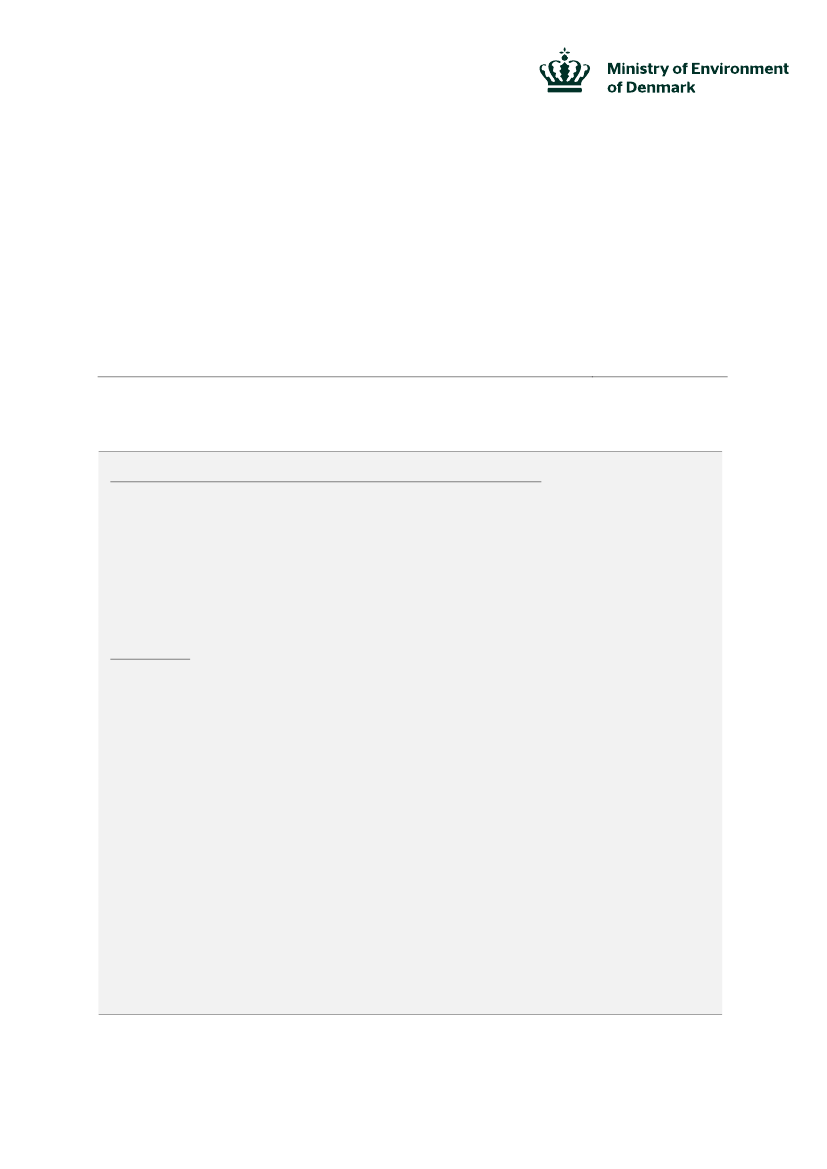
NOTAT
Denmark’s
response to the public consultation on the
Sustainable Products Initiative
Danish priorities of special importance for the Sustainable Products Initiative:
The SPI should include a number of
sustainability principles and horizontal measures,
including
common minimum requirements
that are legally binding for all existing and future
product legislation in the EU.
Products should either be regulated as part of the Ecodesign Directive or sectoral regulation under the
scope of the sustainability principles and horizontal measures in the SPI.
When widening the scope of the Ecodesign Directive, the directive should be
strengthened to deliver
on energy efficiency targets
Key messages:
Denmark welcomes the
widening of the Ecodesign Directive
beyond energy-related products to
make it applicable to the
broadest possible range of products.
To increase the effectiveness of the current Ecodesign regulatory framework, the Commission must
ensure sufficient allocation of resources
to manage the tasks laid out in the current work plan for
the Ecodesign Directive in parallel with the work on the SPI.
The
Product Environmental Footprint (PEF) is an important instrument,
which could
replace the EcoReport Tool in the widened Ecodesign Directive, with the MEErP revised accordingly.
Also, the
PEF should be the primary methodology for other new and existing EU product
legislation
and other related policies, and other
green claims
to identify the most important
environmental aspects of a product or service.
The SPI should include a generic, overall “automatic”
ban of the most hazardous chemicals
in
products, as is the case in the current regulation of CMR substances in the regulation of toys and
cosmetics.
The
digital product passport is a highly needed tool
to accelerate the circular economy, which
should be an integrated part of the legislative SPI proposal in order to enable tracking and tracing and
ensure access to information about products and their components. To ensure coherence across policies,
the digital product passport should be used as a once-only vehicle for the sharing of product information
by companies.
Ministry of Environment
•
Slotsholmsgade 12
•
1216 Copenhagen K Denmark
Phone +45 38 14 21 42
•
Fax +45 33 14 50 42
• CVR
12854358
• EAN
5798000862005
•
•
www.mim.dk